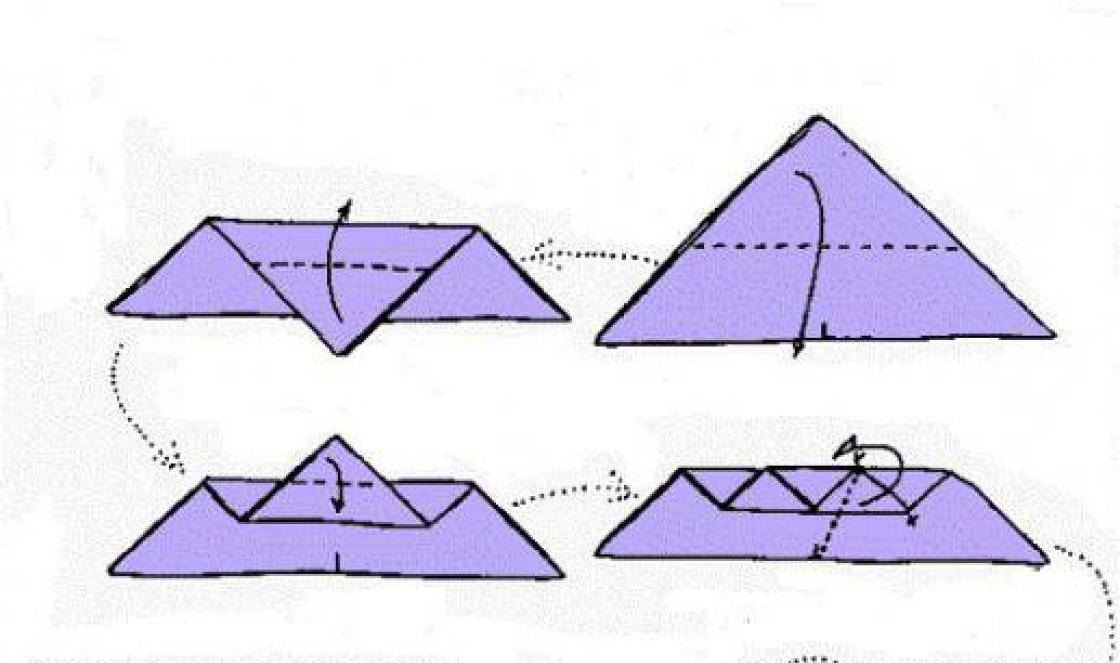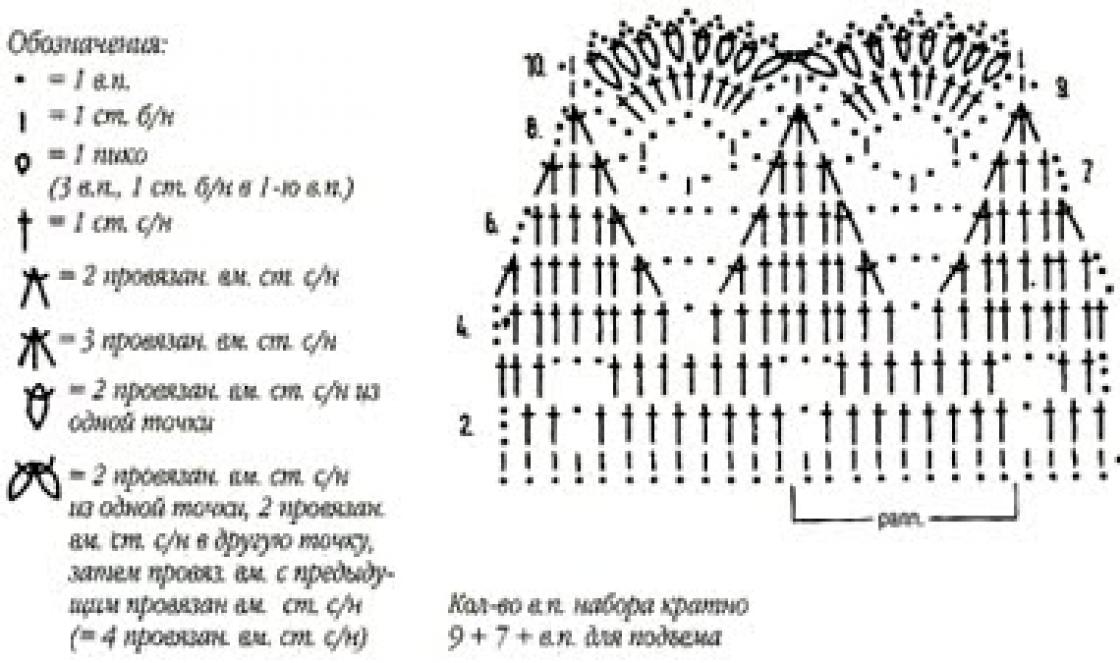Frequently asked questions
First of all, one that does not injure the gums during use. At the same time, the quality of oral hygiene depends more on whether the teeth are brushed correctly than on the shape or type of toothbrush. Regarding electric brushes, then for uninformed people they are a more preferable option; although you can clean your teeth efficiently with a simple (manual) brush. In addition, a toothbrush alone is often not enough - floss (special dental floss) must be used to clean between the teeth.
Mouthwashes are additional hygiene products that effectively cleanse the entire oral cavity of harmful bacteria. All these products can be divided into two large groups - therapeutic and preventive and hygienic.
The latter include rinses that eliminate bad smell and promote fresh breath.
As for therapeutic and prophylactic ones, these include rinses that have anti-plaque/anti-inflammatory/anti-carious effects and help reduce the sensitivity of hard dental tissues. This is achieved due to the presence of various biologically active components in the composition. Therefore, the rinse aid must be selected for each specific person individually, as well as toothpaste. And since the product is not washed off with water, it only consolidates the effect of the active ingredients of the paste.
This type of cleaning is completely safe for dental tissues and causes less damage to the soft tissues of the oral cavity. The fact is that in dental clinics a special level of ultrasonic vibrations is selected, which affects the density of the stone, disrupts its structure and separates it from the enamel. In addition, in places where tissues are treated with an ultrasonic scaler (this is the name of the device for cleaning teeth), a special cavitation effect occurs (after all, oxygen molecules are released from water droplets, which enter the treatment area and cool the tip of the instrument). The cell membranes of pathogenic microorganisms are ruptured by these molecules, causing the microbes to die.
It turns out that ultrasonic cleaning has a comprehensive effect (provided that really high-quality equipment is used) both on the stone and on the microflora as a whole, cleansing it. Oh mechanical cleaning you can't say that. Moreover, ultrasonic cleaning more pleasant for the patient and takes less time.
According to dentists, dental treatment should be carried out regardless of your situation. Moreover, a pregnant woman is recommended to visit the dentist every one to two months, because, as you know, when carrying a baby, the teeth are significantly weakened, suffer from a deficiency of phosphorus and calcium, and therefore the risk of developing caries or even tooth loss increases significantly. To treat pregnant women, it is necessary to use harmless anesthetics. The most appropriate course of treatment should be selected exclusively by a qualified dentist, who will also prescribe the required medications that strengthen tooth enamel.
It is quite difficult to treat wisdom teeth due to their anatomical structure. However, qualified specialists successfully treat them. Wisdom teeth prosthetics are recommended when one (or several) adjacent teeth are missing or need to be removed (if you also remove a wisdom tooth, there will simply be nothing to chew). In addition, removal of a wisdom tooth is undesirable if it is located in the correct place in the jaw, has its own antagonist tooth and takes part in the chewing process. You should also take into account the fact that poor quality treatment can lead to the most serious complications.
Here, of course, a lot depends on a person’s taste. So, there are absolutely invisible systems attached to the inside of the teeth (known as lingual), and there are also transparent ones. But the most popular are still metal bracket systems with colored metal/elastic ligatures. It's really fashionable!
To begin with, it is simply unattractive. If this is not enough for you, we present the following argument - tartar and plaque on the teeth often provoke bad breath. Is this not enough for you? In this case, we move on: if tartar “grows”, this will inevitably lead to irritation and inflammation of the gums, that is, it will create favorable conditions for periodontitis (a disease in which periodontal pockets form, pus constantly flows out of them, and the teeth themselves become mobile ). And this is a direct path to the loss of healthy teeth. Moreover, the number of harmful bacteria increases, which causes increased dental caries.
The service life of a well-established implant will be tens of years. According to statistics, at least 90 percent of implants function perfectly 10 years after installation, while the service life is on average 40 years. Typically, this period will depend both on the design of the product and on how carefully the patient cares for it. That is why it is imperative to use an irrigator during cleaning. In addition, it is necessary to visit the dentist at least once a year. All these measures will significantly reduce the risk of implant loss.
Removal of a dental cyst can be done therapeutically or surgically. In the second case we're talking about about tooth extraction with further gum cleaning. In addition, there are those modern methods which allow you to save the tooth. This is, first of all, cystectomy - a rather complex operation that involves removing the cyst and the affected root tip. Another method is hemisection, in which the root and a fragment of the tooth above it are removed, after which it (the part) is restored with a crown.
As for therapeutic treatment, it consists of cleaning out the cyst through a root canal. This is also a difficult option, especially not always effective. Which method should you choose? This will be decided by the doctor together with the patient.
In the first case, professional systems based on carbamide peroxide or hydrogen peroxide are used to change the color of teeth. Obviously, it is better to give preference to professional whitening.
– these are the eighth teeth (figure eights). They are located on the upper and lower jaw. Based on simple calculations, there should be four of them, but there is no exact scientific opinion about this. Some people only get two or three, while others get all four. They erupt at the age of 18-25 years, but sometimes this happens at 30 or even 40 years.
Why are they called that?
From a scientific point of view, they got their name from the fact that they erupt already in mature age. Our ancestors believed that by the age when these teeth begin to grow, a person has reached spiritual maturity and gained wisdom. Maybe this is actually true, because every person has a moment when their eighth teeth erupt, but at completely different ages, and not everyone gets all four teeth. This is worth thinking about, but everyone decides for themselves to believe in it or not.
Are "eights" necessary?
Some scientists consider wisdom teeth to be rudiments, that is, parts of the body that, in the course of evolution and changing living conditions, have lost their significance. This opinion is based on the fact that ancient people ate raw, very coarse foods, so chewing them required a lot of effort and strong teeth. But modern man consumes very soft, processed food, and he does not need to make such efforts to process it. Not everyone shares this opinion. Eights are an integral part of the masticatory apparatus, but their gradual disappearance may be associated with a decrease in the size of the jaw in modern people.
Why do many people remove them?
Often wisdom teeth cause a number of inconveniences, as they begin to grow in a jaw that has been formed over the years. Usually they have very little space, and they can grow incorrectly and injure soft tissues or dislodge nearby teeth. Inflammatory processes also often develop in them. Therefore, if something goes wrong, they are removed. But when no difficulties arise, the wisdom teeth are not touched. They appear late and therefore wear out less, which is why figure eights often become supports for bridges.So how many should there be?
As mentioned earlier, there should be four wisdom teeth. But not all people have everything. This is due to heredity and jaw structure. It happens that a tooth does not appear because
Wisdom tooth, figure eight, third molar - all these are designations of one, eighth tooth, which is the last to erupt and for some reason has earned the reputation of being “not like everyone else.” Wisdom teeth appear at the age of 17-25 years, less often erupt after 30 or are completely absent. Its difference lies in the lack of real benefit and any function, as well as in the time of appearance and the difficulties that it causes. Why is a wisdom tooth called that, and is it really a useless vestige? It received this name precisely because of the time of eruption, and among the people, a person who develops a third molar is ironically called a wise person. Wisdom teeth, of course, have no connection with knowledge, but this did not stop them from receiving such a proud name.
There is nothing superfluous in the human body, so why do wisdom teeth grow, and are there any real benefits from them?
Previously (a very long time ago), wisdom teeth also took on the chewing load, but over time, when nutrition changed, which happened over the centuries, they ceased to be necessary. Since a person needs other crowns for chewing, and each plays a specific role, is responsible for the bite and function of the jaw, they erupt first, and dentistry spends all its efforts on preserving them. The so-called rudiment, which does not differ in structure, has a nerve, a root canal, is supplied with blood, appears over time, when the bite has already formed and each crown performs its task.
Features of the eighth crown
A wisdom tooth is an ordinary organ that has a nerve and a multi-root canal. Outwardly, it is larger, but there is a place for it in the jaw, so healthy wisdom teeth erupt normally and remain with a person for the rest of his life. There are four of them in total, two below, two on the upper jaw, they are the last in the row, because it is difficult to do anything with them. During the process of formation, healthy crowns are located parallel to neighboring organs; during eruption, they do not interfere with them or cause problems. Quite often, the germ begins to develop incorrectly, it does not have enough space for eruption, and it begins to grow towards the cheek or adjacent molar. In this case, the rudiment moves the adjacent crown, disrupting the bite, and this is a serious deviation. Since the rudiment can be removed and this will not affect chewing in any way, there are many indications for its removal before and after eruption.
Modern dentistry has a positive attitude toward eights and preserves them in cases where they are useful for prosthetics or the upper wisdom tooth has a healthy antagonist, and its removal will disrupt the bite. But dentistry tries even harder to remove a wisdom tooth when it can harm both neighboring crowns and the entire body.
Differences in the structure of the third molar
The number eight differs in the number and shape of the root canals. If the number of roots of other teeth is known in advance, then a wisdom tooth may have a different number of them, sometimes five can be observed. Large quantity not as intimidating as the form. When treatment begins, the dentist often observes curved canals, and it happens that they all grow together and form one massive root.
The main differences between eights:
- very curved roots;
- different number of root canals;
- difficulty in treatment during machining and filling root canals, there is a risk of catching a nerve.
Cutting through rudiments
Permanent crowns begin to appear from the age of 7, but the rudiment makes itself felt no earlier than 17, and sometimes even at 40. X-ray observations showed that the crown of the third molar is already fully formed at the age of 12, begins to erupt at 17-18, and the end of root formation falls on 25 years. The upper wisdom tooth erupts more often when the lower eights already appear, and does not cause as much discomfort.
During the process of eruption, the rudiment can be dangerous in the following cases:
- Difficult eruption when wisdom teeth do not have their place - such a crown passes through the gum for a long time, injures it, the rudiment can touch a nerve, grow into the cheek and a neighboring organ;
- Incorrect position of the crown - when the rudiment initially begins to form incorrectly, which more often occurs at the bottom, when it erupts, it displaces the neighboring organ, and the bite is disturbed. If such a rudiment is not removed before eruption, it will lead to crowding, which will seriously affect the bite, and the consequences will take a very long time to treat (several years);
- Wisdom teeth touch a nerve - this is manifested by severe pain, and if during the process of eruption the rudiment touches a nerve, it is quite difficult to relieve the pain, which becomes an indication for its removal.
A common consequence of figure eight growth is pericoronitis - inflammation of the gums.

This occurs when there is a hood over the crown that keeps the wisdom teeth out. Bacterial plaque accumulates under the hood and this leads to a serious infectious process. The cause may be poor oral care, initially a pathological bite. The disease can occur with other disorders: the nerve is damaged, a carious defect appears, and the root tip becomes inflamed. All this clearly requires removal of the causative crown.
When is it important to keep the eight?
- Some types of prosthetics require a healthy supporting organ, and when the sixth crown is missing, a “rudiment” comes to the rescue, which is the first to be considered as a support;
- When the wisdom teeth have fully erupted, the bite looks healthy and is so, there are antagonists, then there is no need to do anything with such a crown.

There are not many indications for preserving the third molar, but if the wisdom tooth does not touch the nerve, is correctly located in relation to the neighboring organ, and is in its place, then it will not cause any harm.
What to do when a molar causes pain
When the first rudiment erupts on the upper or lower jaw, it is already possible to determine the characteristics of its growth and make a decision about removal. Dentistry treats the figure eight well, but does not spare the wisdom tooth if it touches a nerve, interferes with chewing, constantly injures the mucous membrane, or moves neighboring molars.

Under wisdom understand deep intelligence based on life experience. It's all about the person. What does the concept of wisdom mean in relation to teeth?
Accepted consider that a wisdom tooth appears in a person when he becomes wise and spiritually mature. According to the beliefs of the ancient Slavs, it gives protection and patronage to the spirits of ancestors and higher powers. The most spiritual strong people Those who grew all their wisdom teeth were considered to be the guardians of the clan.
Teeth wisdom also refer to molars, they usually begin to erupt around the age of 17 to 25 years, sometimes earlier, sometimes later.
Now, modern dentists it is assumed that precisely because they appear at an age when ordinary teeth no longer grow, when a person becomes wiser and more experienced than in childhood, they are usually called wisdom teeth.
In humans only 32 teeth, four of which belong to the “wise” teeth, they are considered “superfluous”, since they do not participate in the chewing process. In general, modern people do not need them.
The whole point is that during evolution Due to the consumption of soft food, a person’s jaw has become much smaller, and therefore, in fact, there is no room left for wisdom teeth in a person’s jaw. That is why, when the process of “cutting through” wisdom teeth begins, a person may experience pain.
In addition, like two growing nearby tooth, the wisdom tooth does not have a predecessor, which can often lead to various inflammations and complications.
Direction of tooth growth wisdom may be very different from a normal tooth. It happens that a wisdom tooth has not fully erupted, but it interferes with the surrounding teeth, pushing them on top of each other, thereby “breaking” the orderly row of teeth. All this happens, as a rule, with inflammatory processes accompanied by pain.
If wisdom tooth growing, pressing very closely against a molar, then plaque will often form on this molar and dirt will accumulate.
There are also such situations when the wisdom tooth does not erupt completely, but is hidden by soft tissues. When the wisdom tooth has not fully erupted, but is already partially open, through the hole in soft tissues Bacteria can enter and begin to multiply around the tooth, which can lead to an infection.

Wisdom teeth can cut through for a very long time, so inflammation processes will accompany constantly along with high temperature and severe pain.
This condition dangerous, for example, a tumor of nearby tissues. In such cases, a surgeon will help, who, using special instruments, will remove the interfering tissue, which will help the tooth grow.
What to do if tooth does wisdom not emerge at all? Despite his "absence", he is very dangerous. Such a hidden tooth can damage the roots of adjacent molars and impinge on nerves. Under no circumstances should you postpone a visit to the dentist, who will most likely offer to remove the problematic tooth.
The wisdom tooth is in a difficult place to reach jaw parts, which makes it difficult to clean and, as a result, can lead to caries. Also, due to its remoteness, problems arise with filling.
That is why, considering All Having said the above, most dentists agree that the wisdom tooth, as an excess tooth, must be removed. Although already at a very mature age it can be useful for the chewing process.
There is one interesting fact to psychological topic. According to one German scientist, each tooth is associated with a specific human organ. And if a tooth is sick, this is a signal that a specific organ is not in order. The wisdom tooth, the scientist believes, is directly related to the psyche. But no matter what, all dentists claim that these teeth need to be removed and there is no point in spending time and money on their treatment now.
- Return to section table of contents " "





